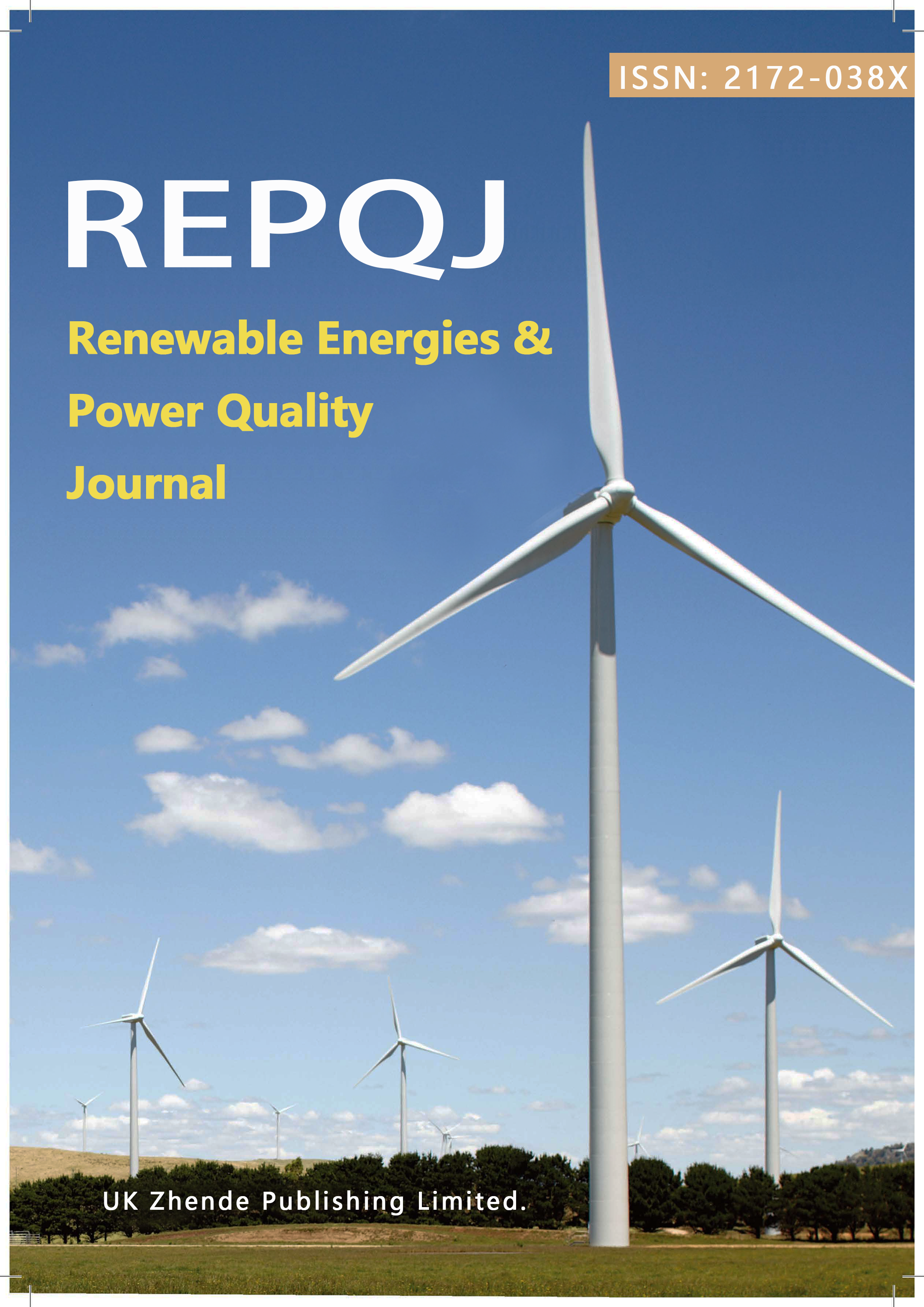Phase Identification in Smart Grids – Case Study
DOI:
https://doi.org/10.24084/Keywords:
Phase identification, Smart grids, Constrained Multi Tree, Voltage correlationAbstract
A widespread problem of the electricity distribution system is determining to which phase a consumer is connected. Generally, utility companies did not record the distribution of the phases over time, which is essential to address the problem of unbalanced voltage distribution networks. In addition, manual phase identification is not feasible due to its high cost. The massive deployment of smart meters allowed periodic readings of energy consumption, voltage, current, etc. Out of this large amount of data, several techniques based on machine learning have emerged, addressing the problem of phase identification automatically while maintaining the existing infrastructure. Hence, phase identification is essential for developing smart-grid solutions. In the present work, we applied an unsupervised machine-learning technique that allows the classification of the time-voltage series recorded by the smart meters of a low-voltage three-phase radial distribution network located in the Balearic Islands (Spain). The results show that there is a correlation between the time series of the feeder voltage and the consumer meters. The proposed method reached a 100% success rate in the case study. In addition, the results obtained open the way to deploy a new grid configuration to minimize the load imbalance.


